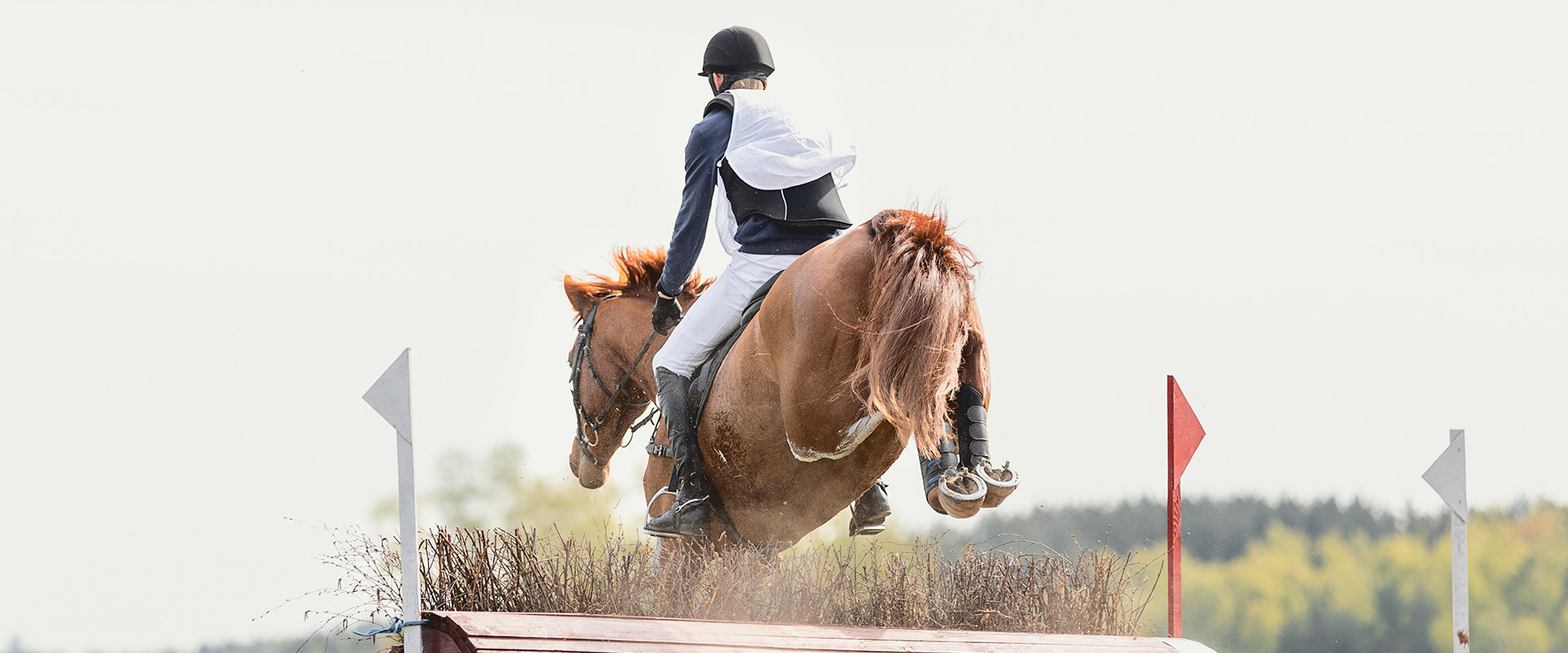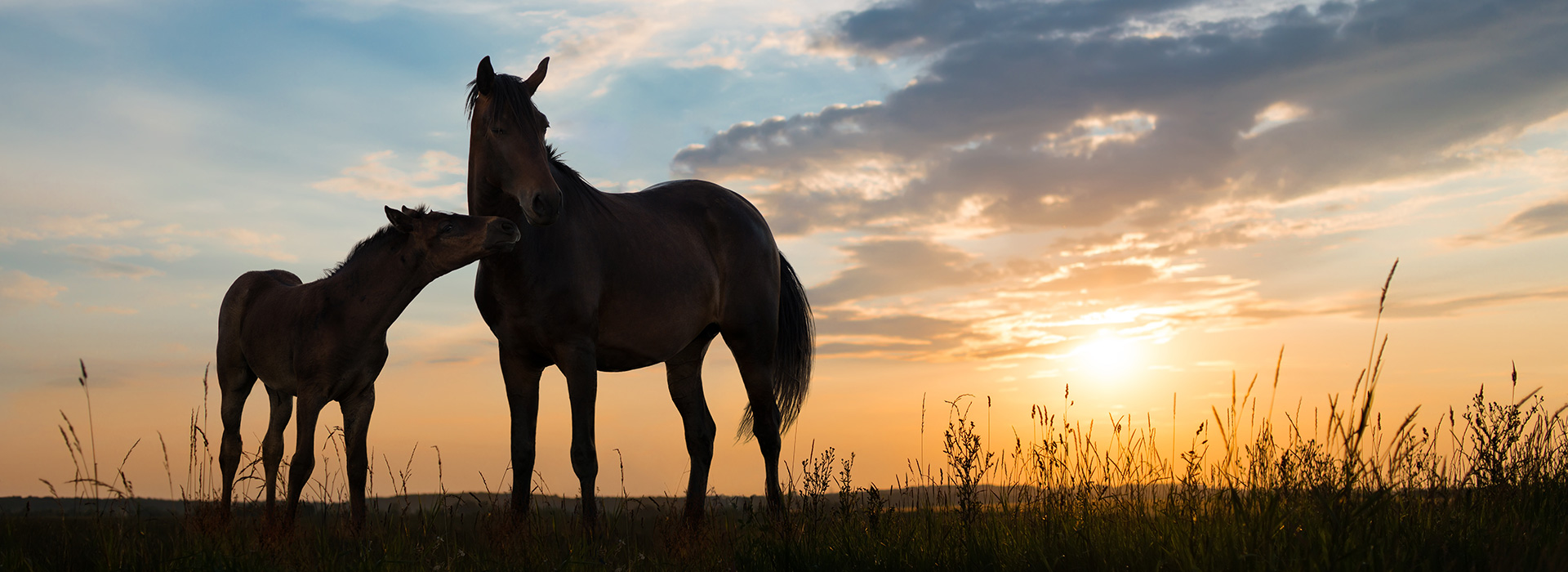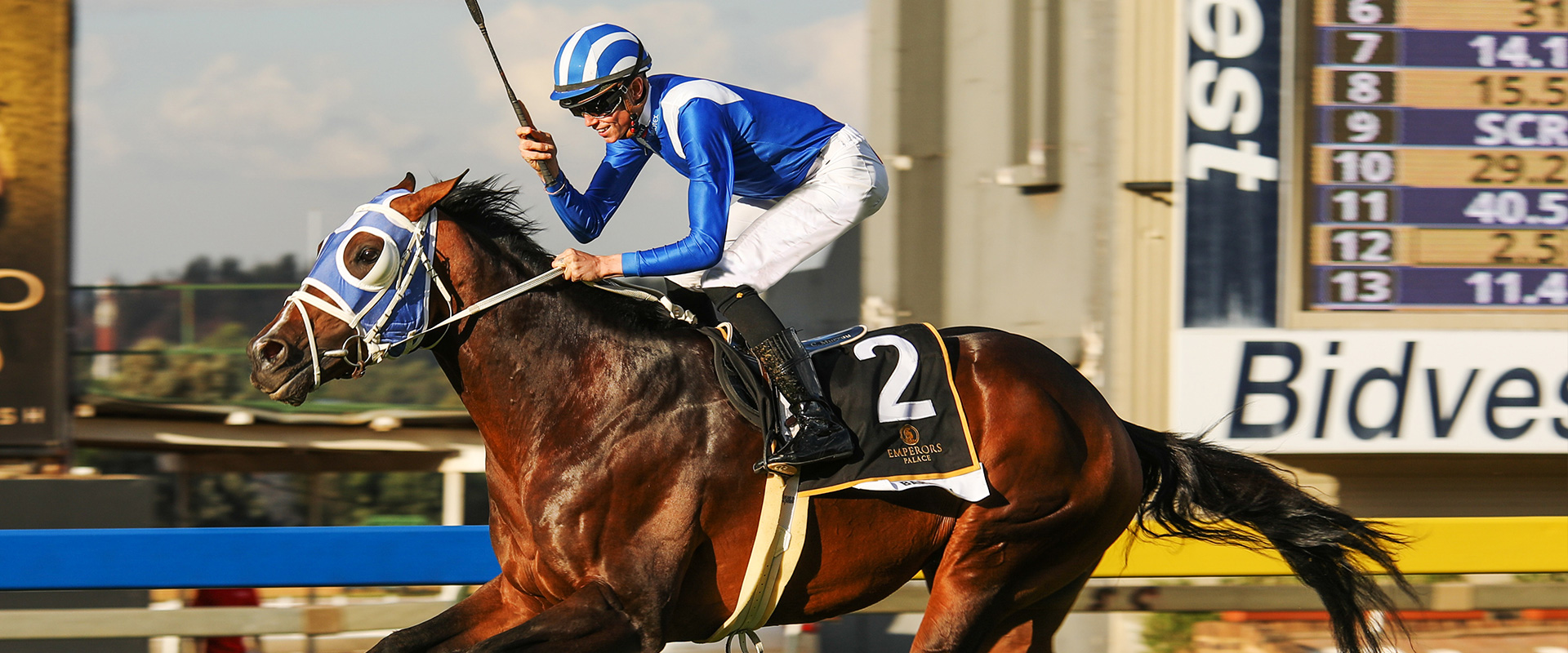Winter Worries
Loss of weight in winter is always a concern of many owners, therefore it is important to note that Increased energy demands as a result of cold weather and the reduced nutrition of pastures generally means horses need more feed during winter than in summer months.
Even if you are feeding a top of the range ration, do not overlook the fact that winter conditions result in horses typically requiring more food (hay, grazing and concentrate feed) than usual in order to maintain body condition and workload.
All warm-blooded animals, including horses, have a critical temperature. This is the outside temperature below which a horse must produce extra heat to maintain its body temperature. This critical temperature varies, however, depending upon the horse’s condition. A mature horse in good condition, where ribs cannot be seen, has a critical temperature of around 0˚C during early winter. This means that any environmental temperature drop below 0˚c will require the horse to produce extra heat. After developing a winter coat the critical temperature may be reduced even further
to -5˚c and even lower. It is estimated that young horses, horses in thinner condition, and those that have been stabled and have not developed a winter coat might only have a critical temperature of between+10˚c to +5˚c.
This is important to note as horses require about 15-20% more feed for each 10-15˚C that the ambient temperature falls below critical temperature in order to produce the extra heat required. Thin horses, or horses with short hair, however, may need even greater increases in dietary intake to maintain normal body temperature.
As horses grow a winter coat, they allow their critical temperature to decrease, making them more comfortable at lower temperatures. Wearing blankets obviously has the same effect.
So how does this affect my feeding?
In general, temperatures in SA do not often reach really low levels so most horses will not need the 15-20% extra feed. However, horses will generally still require more food in winter than summer. Horses exposed to constant chronic cold weather acclimatise to the cold, but horses not used to cooler temperatures typically require 10 – 21 days to adapt to the altered temperature. It is often useful, thus, to adjust feeding before the cold weather sets in
Feeding extra concentrates:
As concentrates generally provide more calories per kg than roughage, this is often the first port of call for many. Although horses will require a small amount of extra hard feed to provide increased calories they will not need a vast change, unless workload has significantly increased, (usually unlikely in the colder months) or if they are pregnant, lactating or growing. If necessary increase the kg of concentrates, however, rather than increasing the quantities, it may be better to change to a higher calorie/energy feed which allows meal sizes to remain small facilitating more efficient digestion thereby allowing the horse to get more from the feed.
But I don’t want my horse to be hot:
This is one of the main concerns when more feed is needed for weight maintenance or gain. It is important to be realistic here, however, as over the winter months other factors can contribute to “hot”’ behaviour. A change in workload and increased stable time may well result in a horse being a little fresher than normal.
However, there are steps to assist in reducing the risk of over-excitable behaviour. Firstly, introduce a higher energy/calorie feed slowly. Suddenly providing a horse with more energy/calories in their diet will increase the likelihood of “excitability”. Secondly, the type of energy source provided is an important aspect. Feeds based on ‘slow-release’ energy sources such as fibre and fat, release energy gradually and are less likely to promote hot behaviour compared to sources of ‘quick-release’ energy such as starch from cereal grains or sugars from molasses. It is thus important that the feed used is high in fat and fibre sources. The added bonus of this way of feeding is that it is far friendlier on the gut and can even help horses prone to colic and gastric ulcers.
However if you are simply wanting to help keep your horse warm this winter, feed him more forage.
Feed more forage:
Forage is fermented in the gut where bacteria are active. Bacteria produce considerable heat that the horse can use to warm himself from the inside out, rather than having to shiver or move to stay warm.
Unfortunately, winter forage often has a reduced quality which means more hay should be provided than in summer to ensure the same calorie value. In terms of nutrient levels in forage from highest to lowest, green pasture generally tops the list followed by winter pasture, good-quality grass hay, and poor-quality grass hay.
When selecting Hay look for good quality hay that is clean and dust free. Consider feeding a higher calorie hay like Lucerne or Teff should there be a need to boost a horse’s calorie intake. Choose Immature hay (characterised by soft steams and a larger portion of leaf matter) rather than overly mature (very stalky with little leaf) as this provides better nutritional value. Moreover, immature hay has a water-holding capacity that more mature hay does not have. Impaction colic can be more common in winter when horses often drink less because of cold water that is not palatable or even water that is frozen.
Consider small extras:
Keep in mind that poorer quality winter hay can also have a reduced vitamin and mineral content. It therefore may be wise to consider a Balancer product for younger and older horses to increase their levels without changing the diet hugely.
Adding extra oil to the diet can also be beneficial as it allows the increase of calories without adding large amounts of expensive concentrate feed. 250ml (1 cup) of oil has the equivalent calories of around 1-1.5kg of oats.
Remember:
You should monitor your horse’s body condition year-round, but especially before harsh weather arrives. You can determine whether your horse needs extra energy by checking for decreased body weight and body condition. Make sure to feel through the heavy hair coat. Are the ribs easily felt? If so, the horse needs more energy. Is the horse shivering a lot? If so, he needs more energy! Shivering helps horses thermo-regulate, but they require energy to do so.
Also discuss your feeding program with a trusted feed advisor to avoid over feeding, which not only unbalances your pocket, but unbalances your horses ration.
Don’t wait until temperatures plummet – begin your winter nutrition program early enough and give your horse sufficient time to build up the reserves he needs to see him through the winter.
Article constructed by Hannah Botha, MSc Equine Science (Royal Agricultural College, UK)




